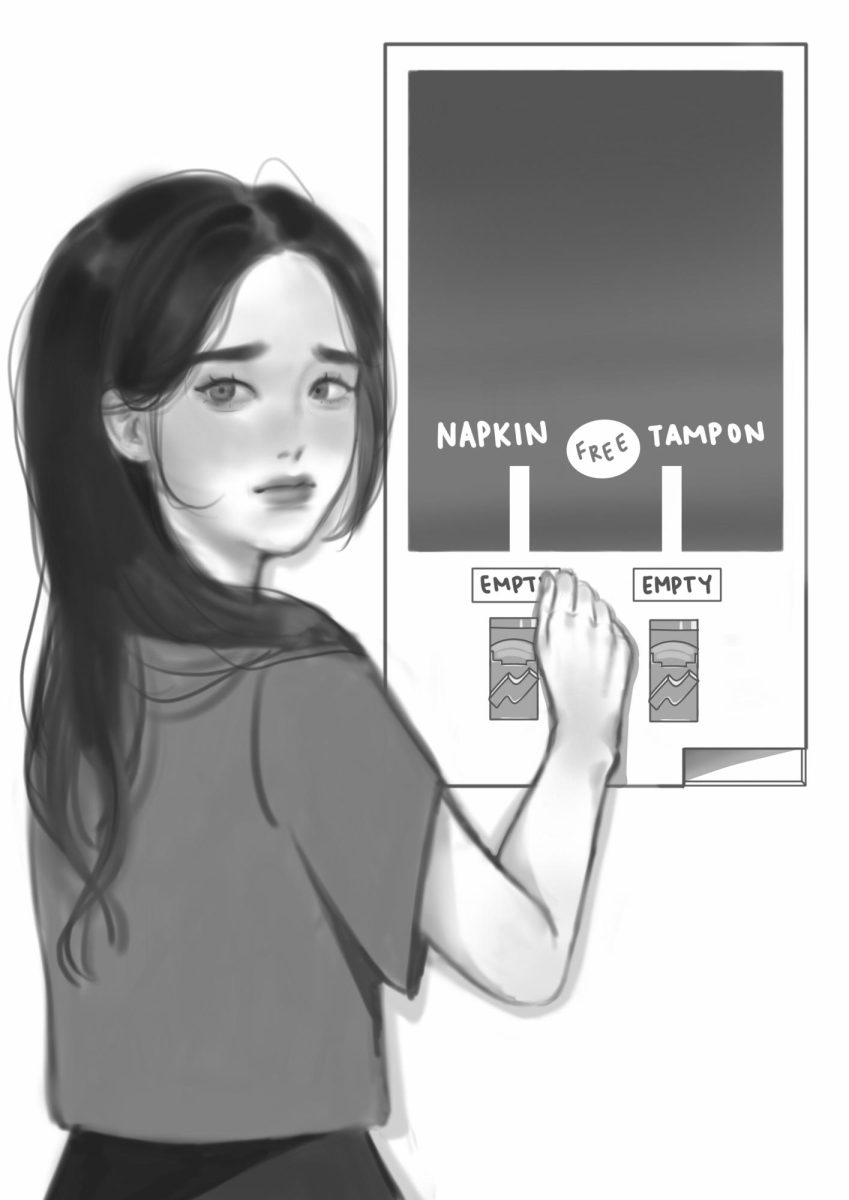I was walking home after a long day of school and ballet class, my feet sore from pointework and my mind exhausted from school. All I wanted was to sit down while I waited for the subway to arrive. However, after going through the turnstile and heading down the steps, I turned to see the most atrocious thing: The bench I once knew and loved had been replaced, not with a newer, nicer bench, but with an odd-looking leaning post. There had been a bench there the day before; where had it gone? My exhaustion was immediately replaced by anger. Why would the MTA waste money to make its customers’ lives harder? I had to get to the bottom of this.
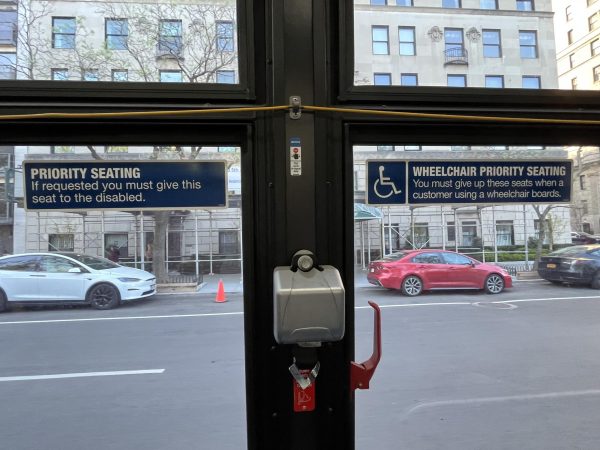
Hostile architecture (also called anti-homeless architecture) is when design choices are made specifically to create an unwelcoming environment for certain activities, such as sitting, loitering, skateboarding, sleeping, leaning, etc. Recently, it has been especially apparent with the switches from benches to leaning posts in NYC subways. The MTA is making an active choice to limit loitering and sleeping on benches. This directly impacts the 4,140 homeless people who live on the street and rely on public spaces like the subway system. Hostile architecture not only harms homeless people, but also those who rely on public infrastructure to travel—especially the elderly, disabled, and pregnant, as well as those with children. While the MTA often encourages you to offer your seat to these individuals while on the bus or train, the MTA itself doesn’t even offer them in some cases. Anti-homeless architecture is not just anti-homeless: It is anti-everyone.
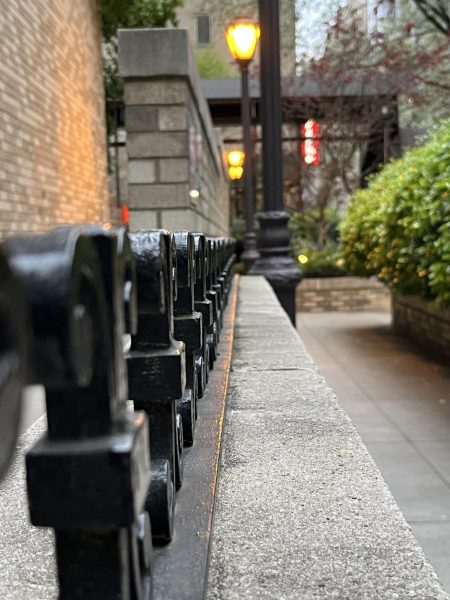
So, why is the MTA message so split? It encourages accessibility, but simultaneously limits seating options. One answer lies in a 2021 incident, when the MTA tweeted that “Benches were removed from stations to prevent the homeless from sleeping on them.” This quickly garnered attention and was swiftly deleted. The MTA claimed it was an error.
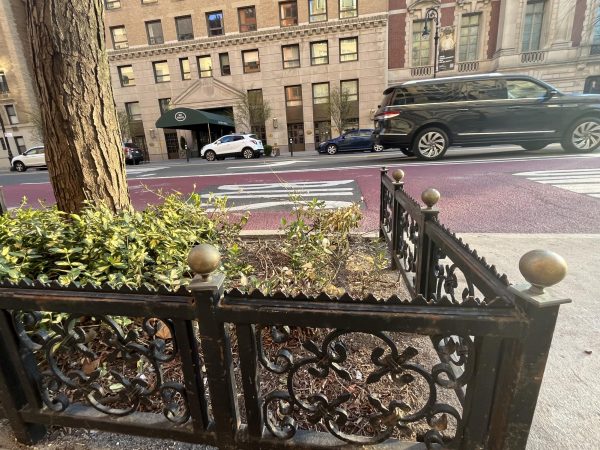
According to an MTA official who has requested anonymity, the leaning posts at the West 4th Street station are part of a pilot program. In the midst of a station refresh, they would have had to replace the benches anyway, and the leaning posts are cheaper than new benches. They also said the leaning posts were implemented to encourage a “better station environment.” The better station environment described likely refers to homeless people who rely on subway stations for shelter. By removing the benches, they are telling homeless people they are not welcome in the subway. This does not mean homeless people are magically housed and sheltered, it just means that they must work harder to find somewhere to go. Removing benches doesn’t solve homelessness. It simply tells New Yorkers that they aren’t meant to feel comfortable in public spaces.

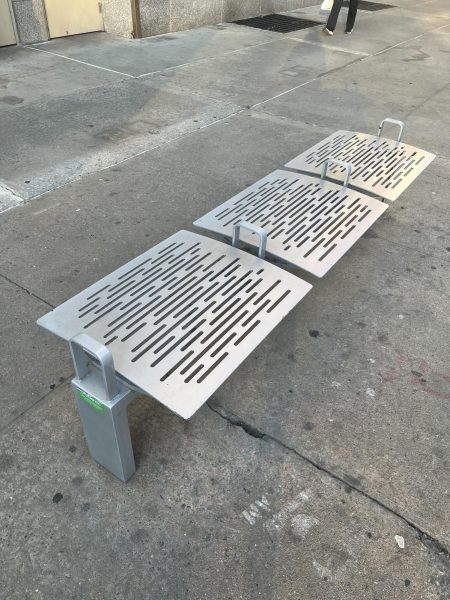
Now that you are all riled up about hostile architecture, you may be wondering what you can do to fix this problem. One way to do this is by contacting
the mayor, or reaching out to current mayoral candidates to voice your concerns. You can also check out hostiledesign.org, which offers ways to get involved in the fight against hostile architecture. However you choose to advocate, every little bit helps, and we can make this city a more hospitable place together.





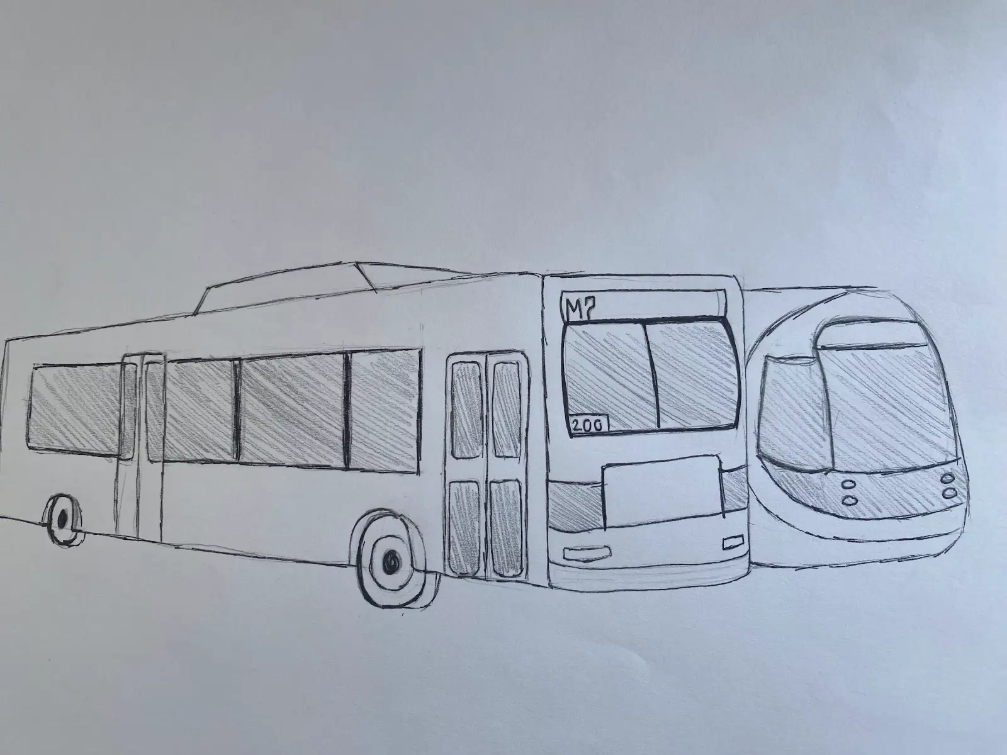
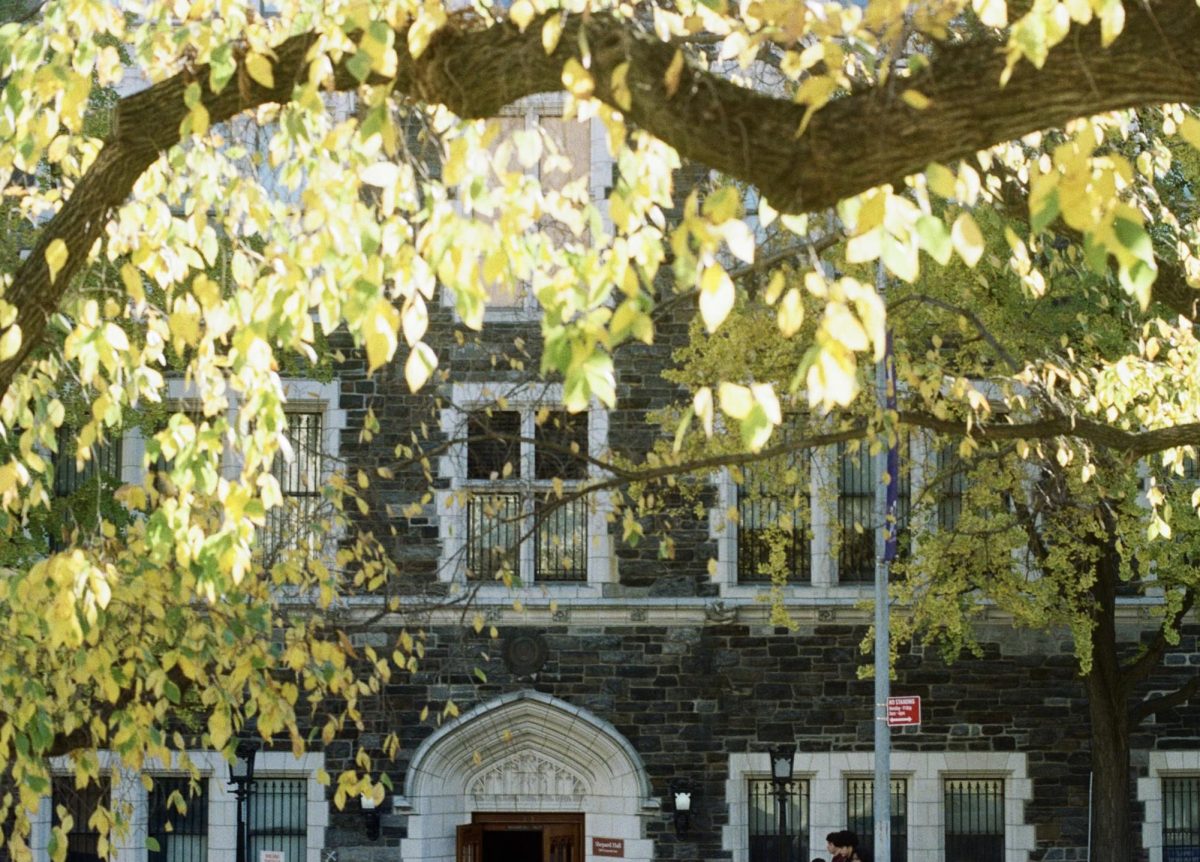
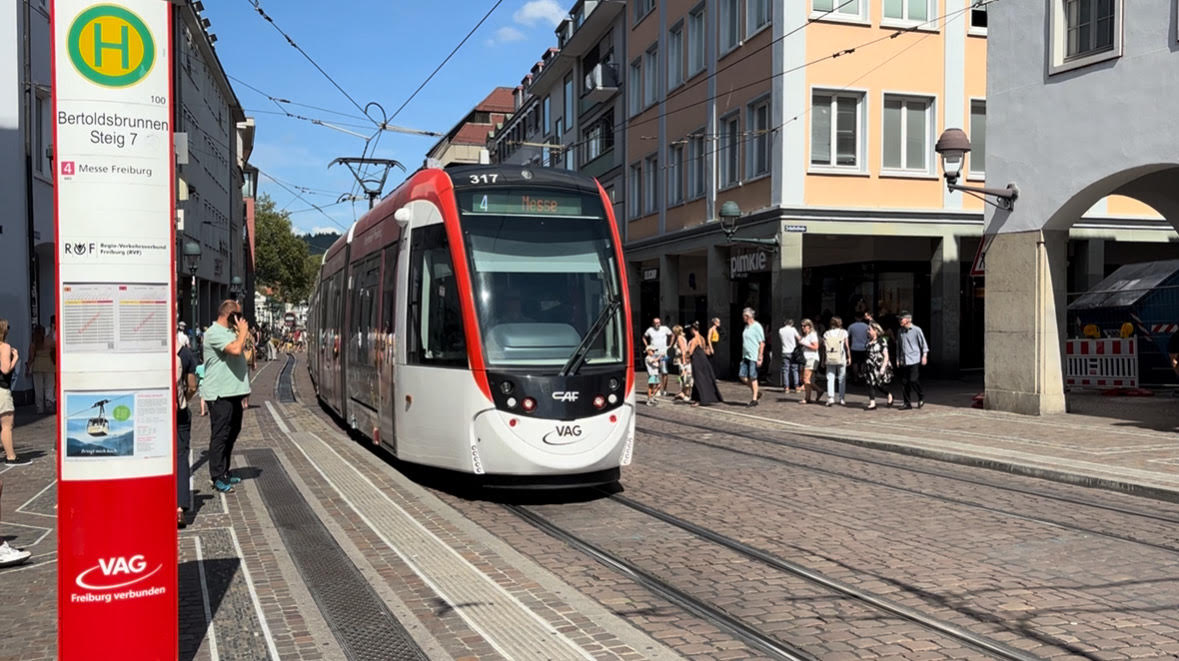
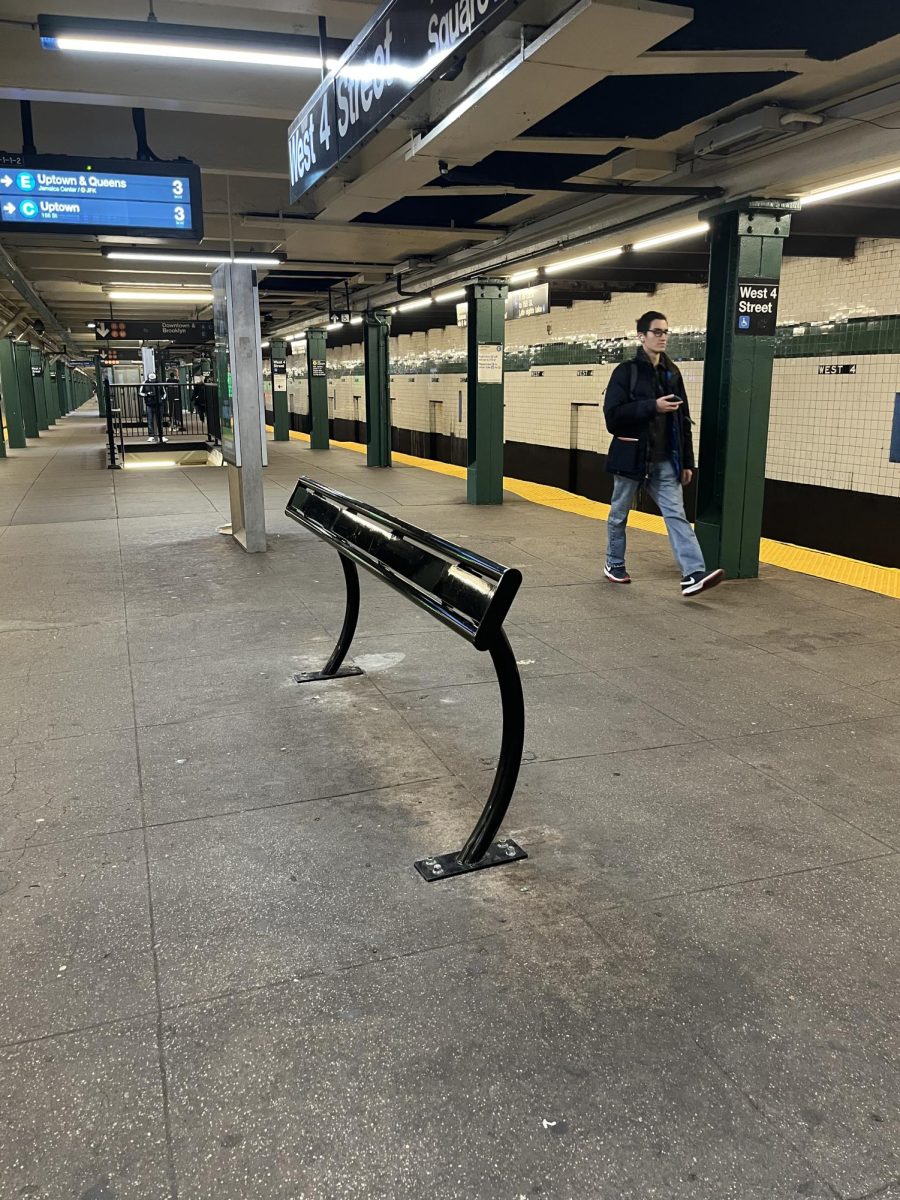







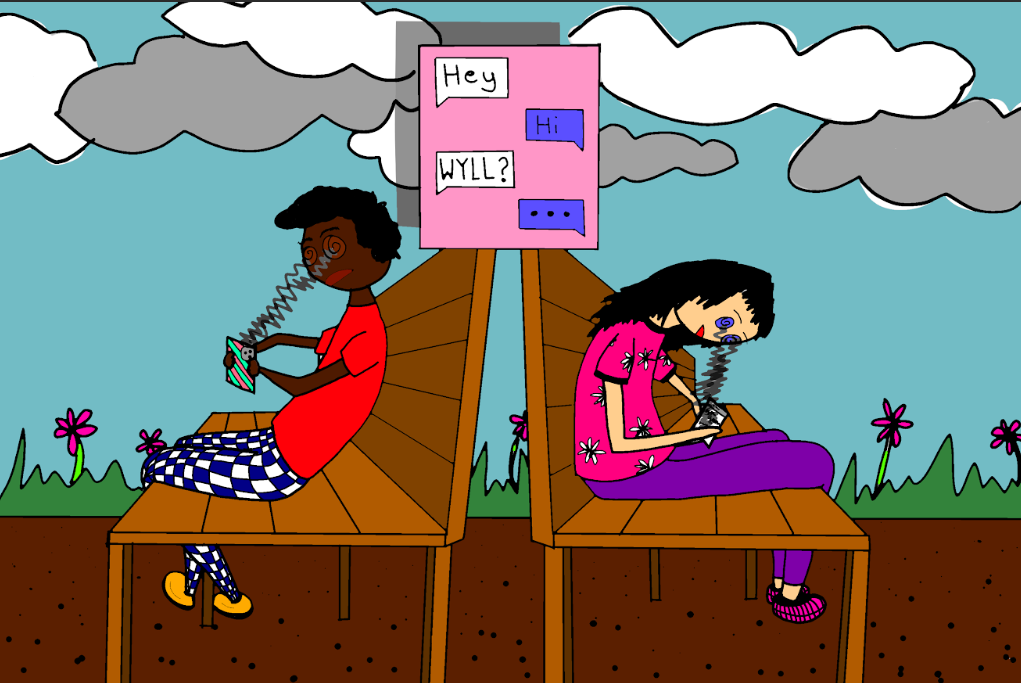

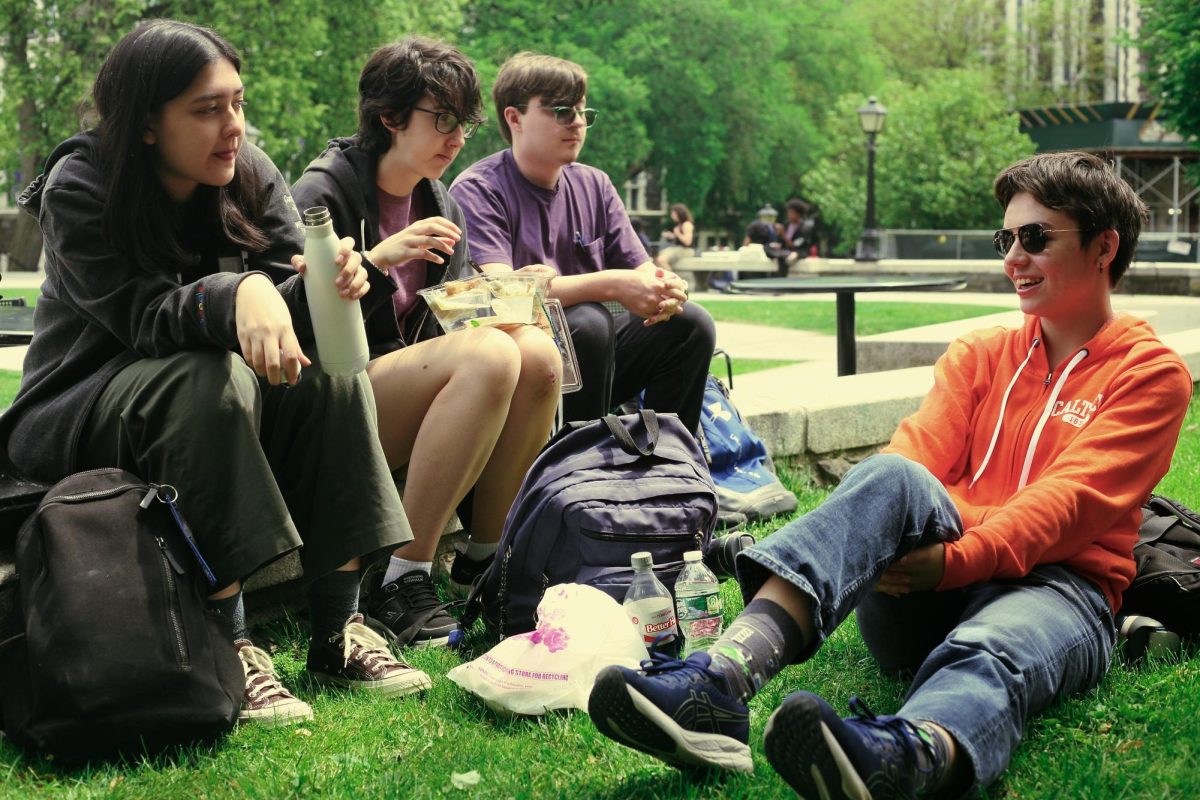





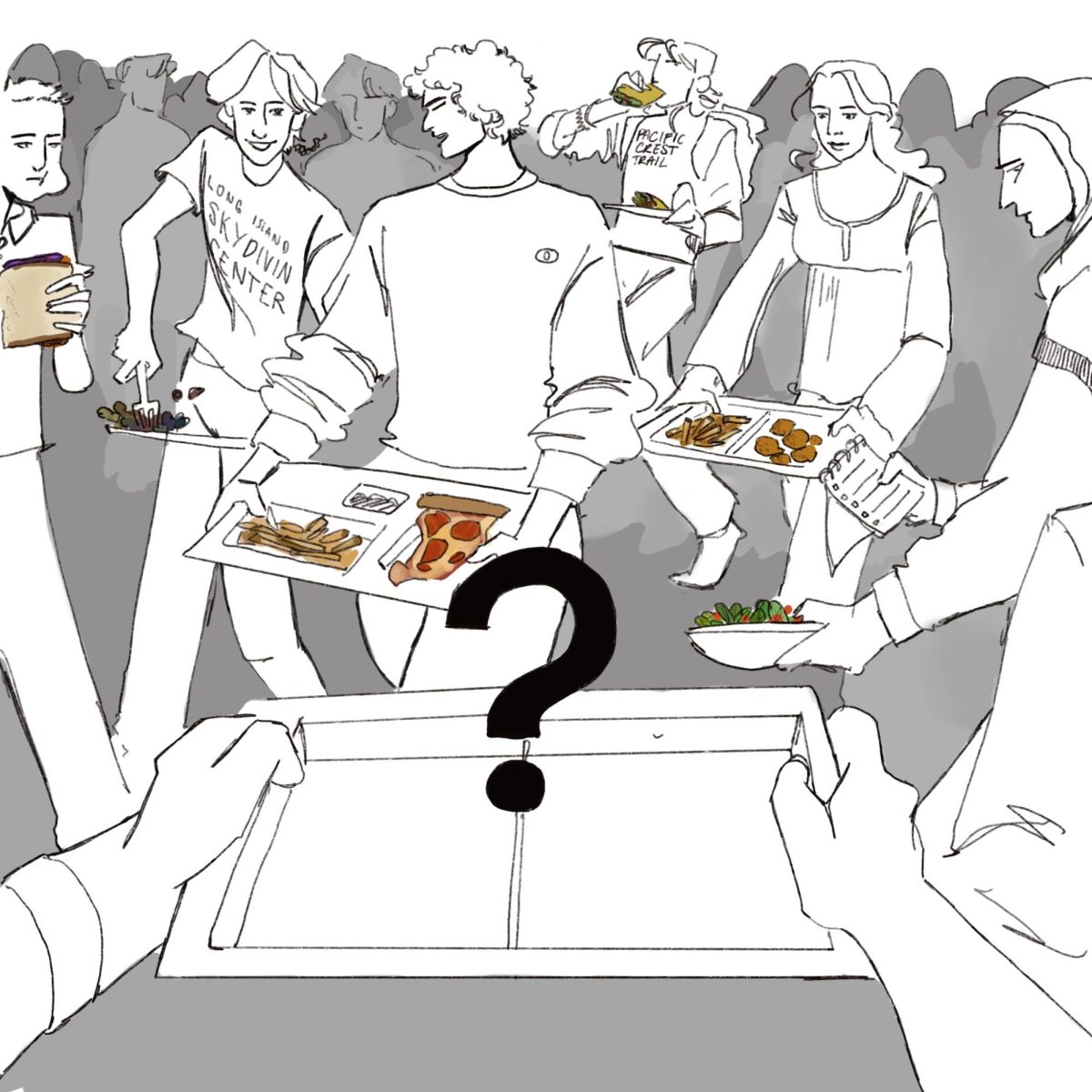
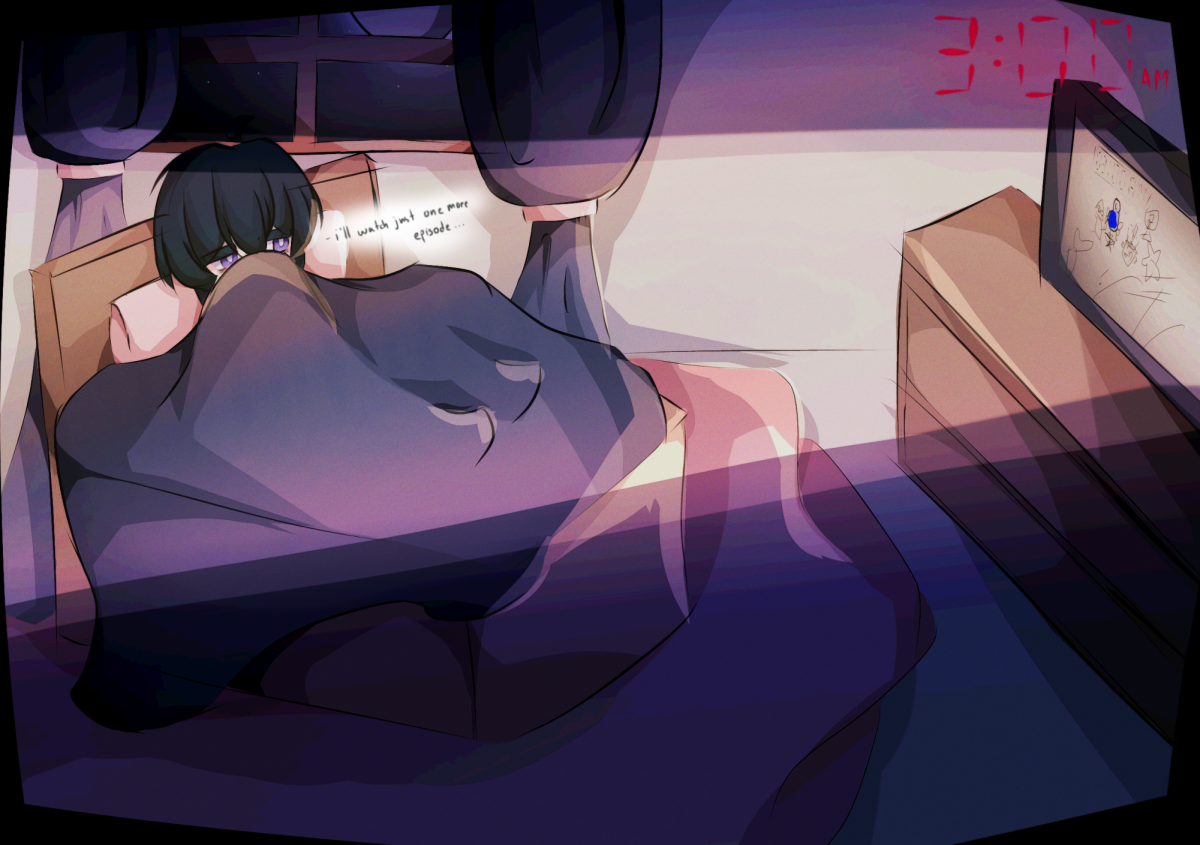




![[ERROR]: Lack of Women in the Software Industry](https://theechohsmse.com/wp-content/uploads/2024/12/APC_0280-984x1200.jpeg)
